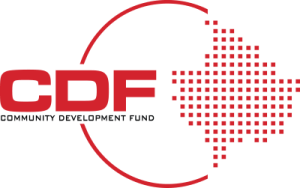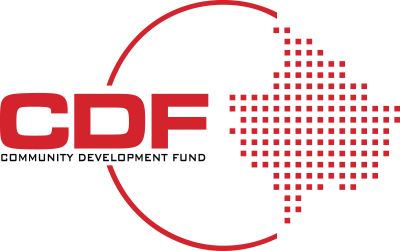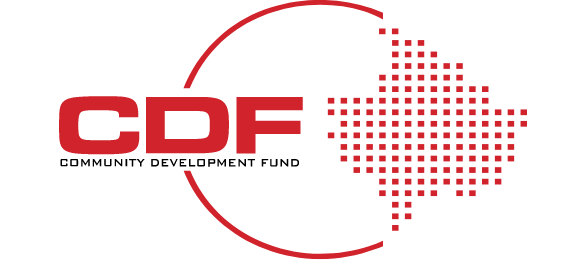The Kosovo MSME Innovation Matrix (KIMM) is a strategic tool designed specifically as part of the Inclusive Economic Engagement Activity to guide Micro, Small, and Medium Enterprises (MSMEs) in Kosovo through the complex landscape of innovation. It focuses on four key components crucial for fostering innovation:
- Idea Generation
- Validation & Testing
- Execution & Development
- Scaling & Optimization
Each of these components is further broken down into four sub-components, each tailored to the unique characteristics and challenges of Kosovo’s business environment.
Structure of KIMM
| Idea Generation | Validation & Testing | Execution & Development | Scaling & Optimization | |
| Local Market Fit | Ideate based on local needs | Validate with local stakeholders | Develop using local resources | Optimize for local scalability |
| Regulatory Insight | Consider local laws and regulations | Validate compliance | Develop with compliance integration | Optimize for regulatory benefits |
| Financial Viability | Initial cost estimates | Financial model testing | Secure initial funding | Optimize costs and revenues |
| Technological Edge | Evaluate existing tech tools | Test with MVP or prototype | Develop the tech stack | Optimize tech for scale |
How to Use KIMM: A Step-by-Step Guide
Identify Your Stage
What it Means: Determine the innovation stage—be it Idea Generation, Validation & Testing, Execution & Development, or Scaling & Optimization—that your business currently falls under.
Example: If you’ve just started your MSME and are exploring market needs, you’re likely in the ‘Idea Generation’ stage.
Fill in the Matrix
What it Means: Use sticky notes or digital notes to jot down tasks, challenges, and goals for each relevant sub-component.
Example: Under ‘Idea Generation’ and ‘Local Market Fit,’ you might jot down tasks like “Conduct a survey on local consumer preferences.”
Prioritize Sub-Components
What it Means: Not all sub-components are equally crucial at all stages. Identify which are most pertinent to your current stage.
Example: If you’re in the ‘Execution & Development’ stage, ‘Secure initial funding’ under ‘Financial Viability’ may be a priority.
Take Action
What it Means: Use the matrix to guide your actions. Implement the tasks you’ve jotted down and track them rigorously.
Example: If ‘Optimize tech for scale’ is a priority, you might start by upgrading your servers or implementing cloud solutions.
Review and Adapt
What it Means: Innovation is a dynamic process. Continuously review and update your matrix to adapt to new challenges and opportunities.
Example: If a new local regulation is enacted, revisit the ‘Regulatory Insight’ sub-component to ensure compliance.
By using the KIMM as a living document that you update and consult regularly, you can navigate the intricate process of innovation more effectively. This tool is not a one-off; it’s designed to evolve with your business, providing ongoing value as you grow and scale.








